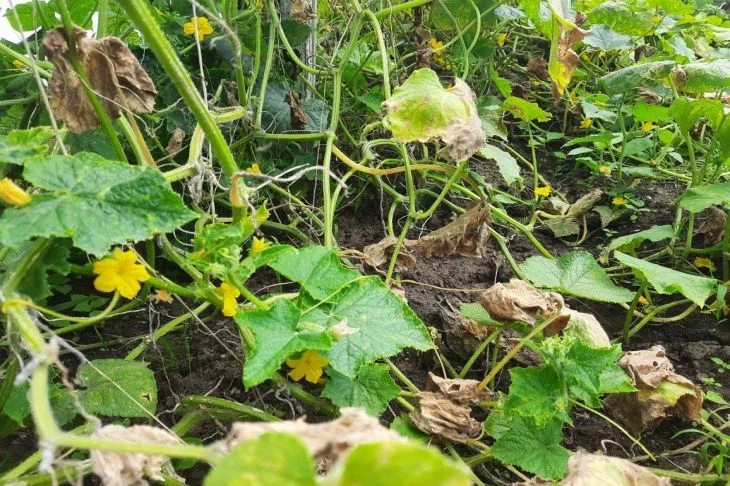What garden plants can be planted in shade and partial shade: the harvest will not be worse from this
Every gardener dreams of a rich harvest. What needs to be done for this? First of all, it is necessary to choose a suitable place for each plant.
Although many crops prefer sunny areas, according to the expert of the online publication BelNovosti, scientist-agronomist, landscape designer Anastasia Kovrizhnykh, there are also those that feel comfortable in the shade or partial shade.
Salad
Lettuce is one of the most delicate crops that does not tolerate scorching sun rays. Lettuce leaves quickly wither and dry out if the plant is in the open sun.
If your attempts to grow lettuce have not been successful, it may be worth trying sowing it in the shade - it will grow much better in such conditions.
Cucumbers
Although many people think of cucumbers as sun-loving plants, they actually do much better in the shade.

For abundant fruiting, this crop requires moist soil and high air humidity, but direct sunlight, on the contrary, is not recommended.
Therefore, you can safely plant cucumbers under trees, retreating from the trunk by 1.5-2 meters. In such conditions, they will grow and creep beautifully, being tied to the branches.
Zucchini
Zucchini can also grow in the shade or partial shade, and the fruits will be large and juicy.
The main requirement that this crop makes to the summer resident is fertile soil and regular watering. Drying out of the soil is unacceptable.
It is worth remembering that slugs can appear in dense foliage, so take action to combat pests in a timely manner.
Dill
Dill is also a crop that suffers from bright sun. Its delicate leaves quickly burn and dry out if the plant is sown in an open place.
Dill starts to turn yellow, the lower leaves die off, and growth stops. Therefore, it is best to plant dill in partial shade, where it can develop without stress.
Horseradish
Horseradish, on the other hand, can grow in a variety of conditions. The downside is that it is difficult to stop horseradish from growing. So don't occupy sunny beds with this crop - instead, give it a spot in the shade of a building or tree.
